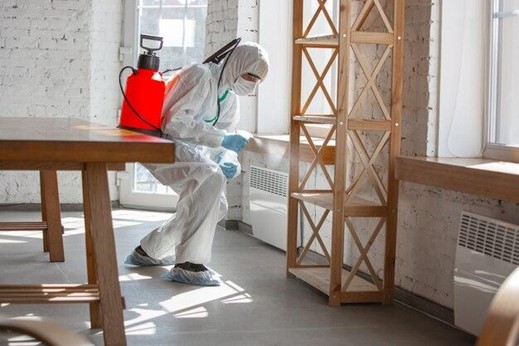
Managing a strata property effectively requires a keen eye for detail and a proactive approach, particularly in the realm of pest control. It’s a task that involves not only addressing current pest issues but also preventing future infestations to maintain a healthy living environment for everyone. At Pest Blaster, we’re well-versed in the nuances of strata pest management, and we’re here to share our insights. This article will explore the best practices in strata pest control, aimed at keeping your property in top-notch condition, free from unwanted guests.
Strata properties, with their shared spaces and close living quarters, can be particularly susceptible to pest infestations. This makes proactive and comprehensive pest management strategies essential. Here are some key practices to consider:
Managing pests in a strata setting can be tricky due to factors like:
At Pest Blaster, we offer:
Strata properties come in various forms – from high-rise apartments to townhouse complexes. Each type presents unique challenges in pest control:
Prevention is better than cure, especially in strata pest control. Here are some proactive steps:
Advancements in technology are revolutionising pest control strategies:
Selecting a competent pest control service is critical in strata management. Here’s what to look for:
Climate change is altering pest behaviours and patterns, making effective control more challenging:
Creating a community-focused approach can enhance the effectiveness of pest control in strata properties:
Staying ahead of the curve is essential in pest management. Emerging trends include:
Effective strata pest control is a blend of professional expertise, regular maintenance, and community cooperation. At Pest Blaster, we’re committed to providing top-notch pest control solutions for your strata property. Don’t let pests be a thorn in your side; get in touch with us today for a pest-free tomorrow.
Strata pest control involves managing and preventing pest infestations in strata-titled properties, which include shared spaces and multiple units.
It’s recommended to have at least bi-annual pest inspections. However, this may vary depending on the property and the extent of past infestations.
Responsibility can vary. Generally, strata management is responsible for common areas, while individual owners may be responsible for their units. It’s important to check your strata agreement.
While residents can take preventive measures, professional pest control is recommended for comprehensive and safe management, especially in common areas.
Common pests include cockroaches, rodents, termites, and ants. Each pest requires a specific management approach.
Pest Blaster offers customised pest control solutions, regular inspections, and expert advice tailored to the unique needs of strata properties.
Pest Blaster services are one of the prominent pest control services that offer the best to the clients. We have a long chain of clients who are happier with our work.


Copyright © 2025 Pest Blaster. All Rights Reserved.